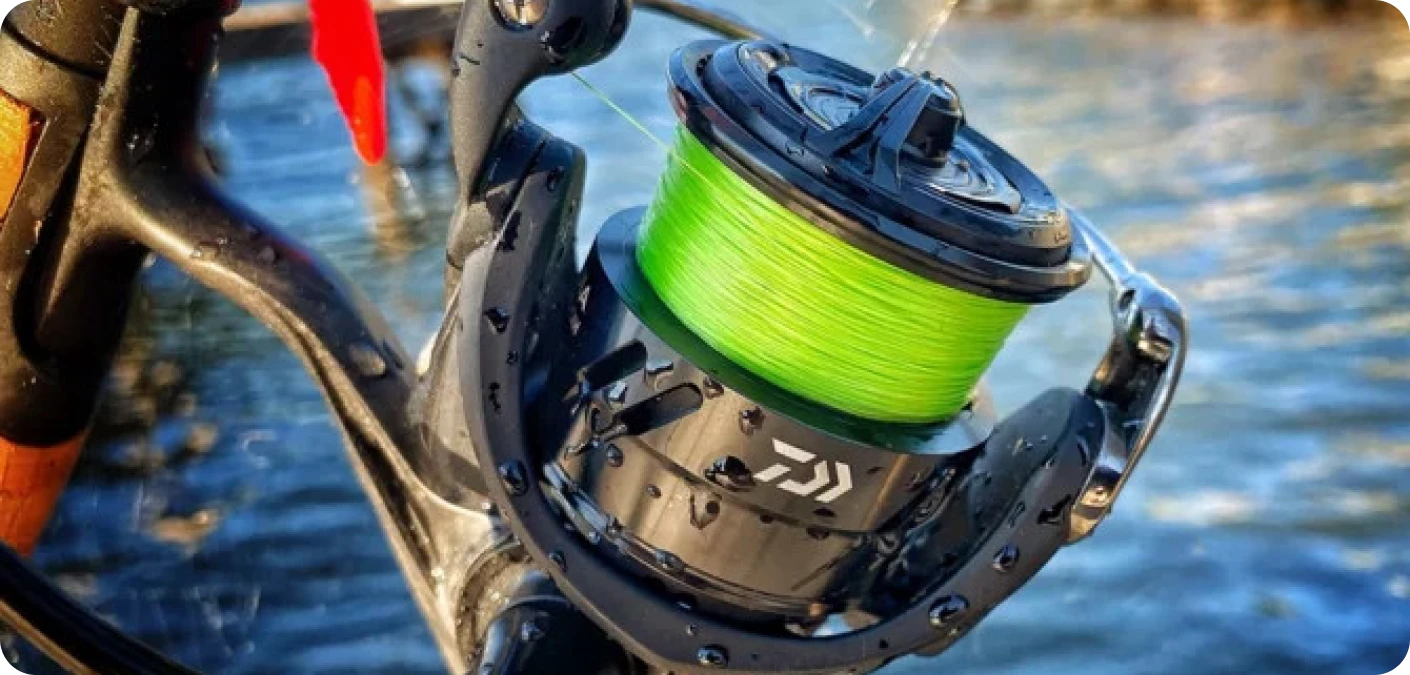When it comes to fishing, having the right equipment is essential for a successful and enjoyable experience. Among the most critical pieces of gear is the fishing reel, which plays a crucial role in casting, retrieving, and battling fish. With a plethora of options available, selecting the best fishing reel can be overwhelming. We will guide you through the key factors to consider when choosing a fishing reel, helping you make an informed decision and reel in those big catches with confidence.

 08/JAN/2024
08/JAN/2024Ideal for beginners, spin cast reels are user-friendly and feature a closed-face design with a push-button mechanism. They are easy to operate, offer good line control, and are less prone to tangling. Spin cast reels are suitable for light to medium freshwater fishing
Spinning reels are versatile and popular among anglers of all levels. They feature an open-faced design, a fixed spool, and a bail system. Spinning reels offer excellent casting distance, versatility for different fishing techniques, and the ability to handle a wide range of fish species in freshwater and saltwater environments.
Baitcasting reels are favored by experienced anglers who seek precision and control. They have a revolving spool and require a higher level of skill for casting. Baitcasting reels are well-suited for targeting larger fish species, heavy cover situations, and specialized fishing techniques such as flipping and pitching.
Fly reels are specifically designed for fly fishing, where casting the weightless fly line is the primary focus. They are typically simple in design, featuring a large arbor for quick line retrieval and a smooth drag system to control the fish. Fly reels come in various sizes to match different fly rod weights and are essential for freshwater and saltwater fly fishing.
Consider the type of fishing you'll be doing and the fish species you'll be targeting. Different reels are designed for specific fishing environments and the size and strength of the fish you're pursuing. Ensure that the reel you choose matches your fishing needs.
Look for a fishing reel made from high-quality materials that offer durability and longevity. Reels constructed with corrosion-resistant materials such as aluminum or stainless steel are ideal for saltwater fishing, while graphite or composite reels are suitable for freshwater applications.
The gear ratio determines the speed at which the reel retrieves line. Choose a gear ratio based on your fishing style and target species. Higher gear ratios are suitable for fast-moving baits and lures, while lower ratios are advantageous for techniques requiring more torque.
The drag system is responsible for controlling the pressure applied to the line when a fish pulls. Look for a reel with a smooth and reliable drag system that can handle the strength and fighting abilities of your target species. A quality drag system prevents line breakage and allows you to land fish effectively.
Set a budget based on your fishing needs and expectations. Fishing reels come in a wide price range, and while more expensive reels often offer advanced features and higher quality, there are also reliable options available at more affordable prices. Find a balance between quality and budget that suits your requirements
Before making a final decision, conduct thorough research on the fishing reels that match your criteria. Read reviews from other anglers, watch video demonstrations, and seek advice from experienced fishermen. Their insights and experiences can provide valuable guidance in selecting the best fishing reel for your needs.
Choosing the right fishing reel is a critical step towards maximizing your angling experience. Consider the fishing environment, target species, construction, gear ratio, drag system, ball bearings, ease of use, and budget. By taking these factors into account and conducting thorough research, you'll be well-equipped to make an informed decision and select a fishing reel that meets your requirements. Now, cast your line with confidence, reel in those trophy fish, and enjoy the thrill of the catch!